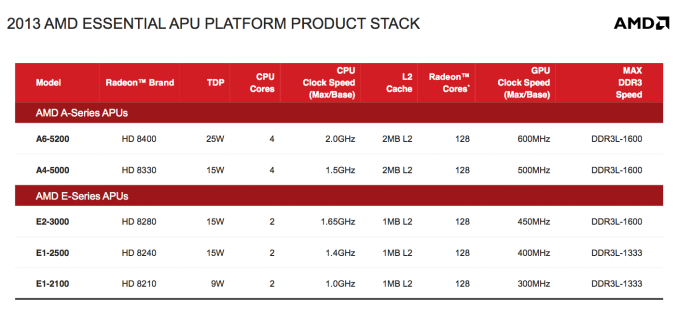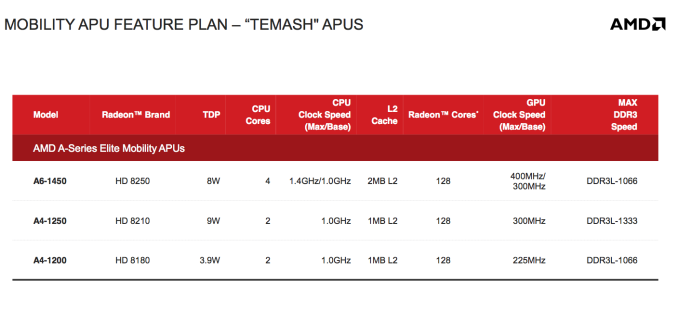http://www.anandtech.com/show/69 ... ion-4-kabini-temash
http://www.anandtech.com/show/6974/amd-kabini-review引用:
In its cost and power band, Jaguar is presently without competition. Intel’s current 32nm Saltwell Atom core is outdated, and nothing from ARM is quick enough. It’s no wonder that both Microsoft and Sony elected to use Jaguar as the base for their next-generation console SoCs, there simply isn’t a better option today. As Intel transitions to its 22nm Silvermont architecture however Jaguar will finally get some competition. For the next few months though, AMD will enjoy a position it hasn’t had in years: a CPU performance advantage.
引用:
The good news is that not only is Kabini noticeably faster than Brazos, but it’s also mighty frugal when it comes to power use. We don’t have any Brazos laptops handy, so we had to use our older Internet battery life test as a comparison point (100 nits instead of 200 nits); in that test, Kabini topped 6.5 hours with a 45Wh battery. The MSI X370 we’re using as a comparison point did last a bit longer, but it also has a 64Wh battery. In terms of normalized power use, the Kabini laptop ends up being 29% more efficient, and that’s with a 14” AHVA 1080p panel going up against a 13.3” TN 768p display. We’re not quite able to compare apples to apples, but Kabini definitely looks like a good improvement over Brazos in power use.
The power story is even better when we looks at ULV Ivy Bridge and standard Trinity APUs. Using our new battery life tests, which push the hardware a lot harder than our previous tests, Kabini delivers normalized battery life that’s at least equal to IVB ULV (our “Light” test), and in the more taxing Medium and Heavy tests Kabini beats ULV by 11% and 18%, respectively. Of course the IVB ULV system is still faster, and it’s also likely to cost twice what we expect Kabini laptops to sell for; also of note is that we don’t know yet how Haswell will fare in these same tests, but that’s an area Intel seems to be focusing on for their next CPU; that’s a story for next month….
45W-h battery, 6.5 hours => 6.9W system power consumption
 http://www.anandtech.com/show/69 ... k-at-the-kabini-die
http://www.anandtech.com/show/69 ... k-at-the-kabini-die引用:
I'm sure AMD will have more accurate numbers shortly, but using my completely unimpressive calipers I measured the die at 10.35mm x 10.35mm (107mm^2). I figure the actual number will be somewhere in the range of 104 - 112mm^2. AMD's 40nm Zacate by comparison (Brazos platform) was a 75mm^2 die, but that's not including the Hudson FCH (Fusion Controller Hub) which was around another 28mm^2. If you add those two up you get roughly the die area of a quad-core Kabini. The beauty of Moore's Law is that although die sizes may be similar, Kabini is appreciably quicker than Zacate.


